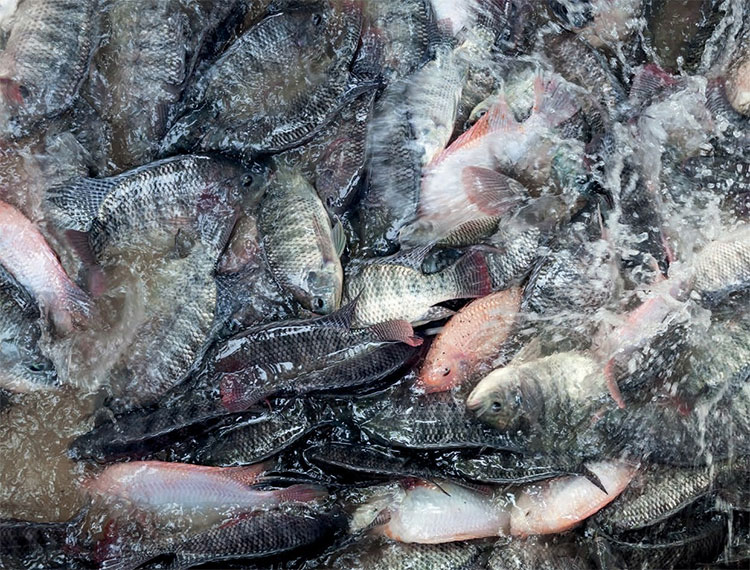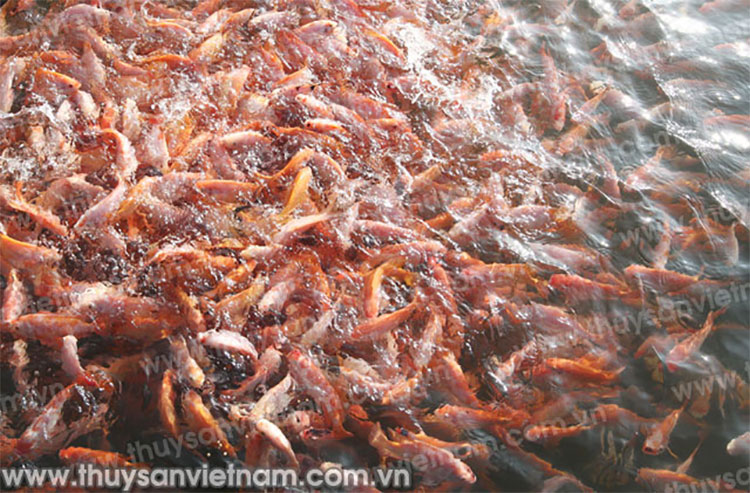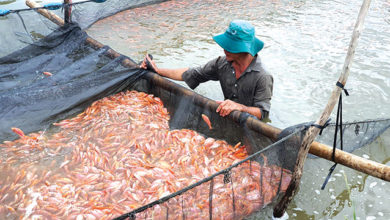Vietnam’s tilapia goes global, export value soars
At a recent workshop in Can Tho focused on tilapia production and export in 2025, experts highlighted the species’ steady ascent from a common local fish to a promising export item. Vietnam recorded tilapia exports worth USD 17 million in 2023 and USD 41 million in 2024.
A globally favored fish
According to Nguyen Hoai Nam, Secretary General of the Vietnam Association of Seafood Exporters and Producers (VASEP), the global tilapia market was valued at USD 10.6 billion in 2024 and is expected to reach USD 20 billion by 2030. In terms of volume, global tilapia output stood at approximately 7 million tons in 2024 and is projected to rise to 7.3 million tons in 2025. The surge is driven by growing global demand for affordable protein and a shift toward healthier diets.

Vietnam, with its tropical climate and abundant freshwater resources, has strong advantages in tilapia farming. The fish matures quickly, reaching 600 – 800 grams in just 5 – 6 months, and is relatively inexpensive to raise. The United States currently imports around 200,000 tons of tilapia annually, and Vietnamese tilapia is also gaining popularity in the EU market, signaling strong export potential.
However, Nam noted that the industry still faces challenges including poor broodstock quality, disease risks, dependency on imported feed, weak supply chains, underdeveloped processing infrastructure, and rising logistics costs. Compliance with strict international standards on food safety, traceability, and sustainable labor practices is also essential, especially as competition intensifies from major producers like Brazil and China.
Strengthening farmer-processor linkages
According to Dr. Nguyen Van Tien, Global Head of Aquaculture R&D at De Heus Group, Vietnam exported USD 30 million worth of tilapia in 2024, with USD 16 million from fresh/frozen products and USD 14 million from fillets and other cuts. In the first two months of 2025 alone, exports reached USD 7 million. With roughly 42,000 hectares of tilapia ponds nationwide, the annual demand for tilapia fingerlings sized 3 – 5 cm exceeds 1 billion.
Most domestic hatcheries remain small-scale, often with inadequate broodstock management and seasonal supply shortages. As a result, imported fingerlings, known for superior growth and reliability, continue to dominate.
Vietnam also lacks large-scale, well-managed farming zones that meet the standards required by processors. To address this, Tien recommended consolidating land, improving infrastructure (electricity, roads), and establishing new farming areas, especially in the Mekong Delta, home to a vast river network, robust logistics, and growing processing capacity.
He further stressed the need to develop strong tilapia broodstock programs, improve health and environmental management, enhance traceability, promote deep processing and product diversification, and build a national tilapia brand. Leveraging free trade agreements will also help expand access to strategic export markets.
Tien also emphasized that continuous innovation across breeding, farming technology, and feed development, supported by well-aligned government policies, will be key to building a resilient and competitive tilapia industry.
Overcoming bottlenecks in market access
Pham Thanh Trung, Deputy General Director of Vina Agro-Forestry Feed JSC, pointed to market access as the primary barrier for farmers. “We need robust links between farms and processors to establish efficient supply chains,” he said. “Processors often wait for secured farming zones to invest in export pathways, while farmers hesitate to scale up without processing support. Without government-driven coordination, most farmers will remain small and disconnected.”
Echoing this concern, Director General Tran Dinh Luan of the Directorate of Fisheries warned that Vietnamese tilapia exporters risk losing ground if they continue to rely on just one or two product formats. “Without diversification and deeper processing, Vietnam’s tilapia will struggle to compete globally amid new tariffs and mounting market pressures,” he said.
VFM





